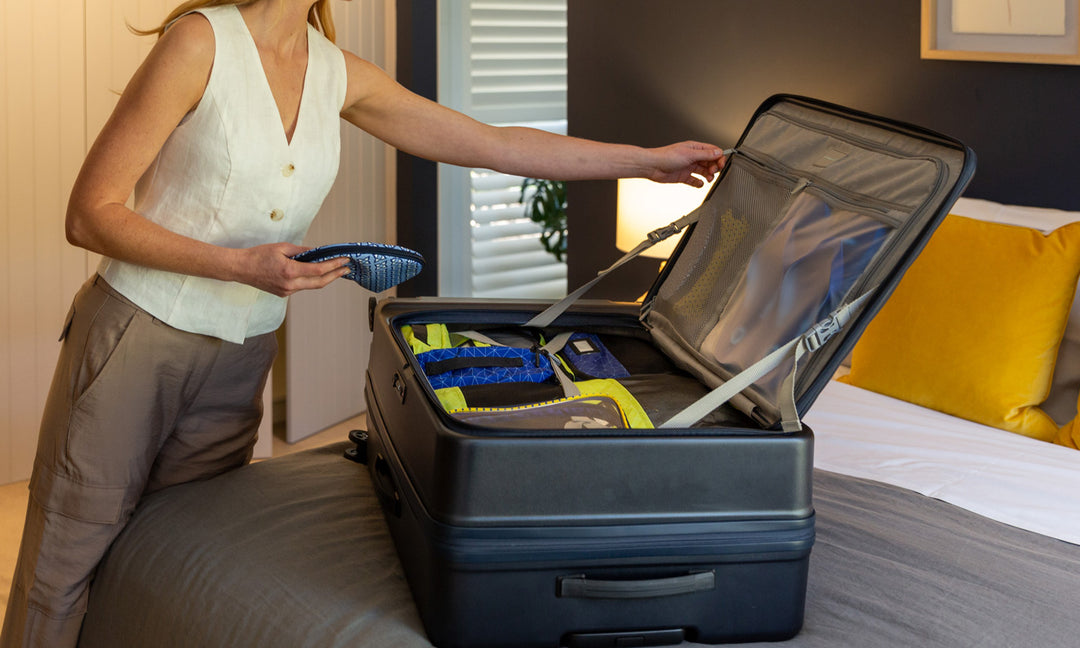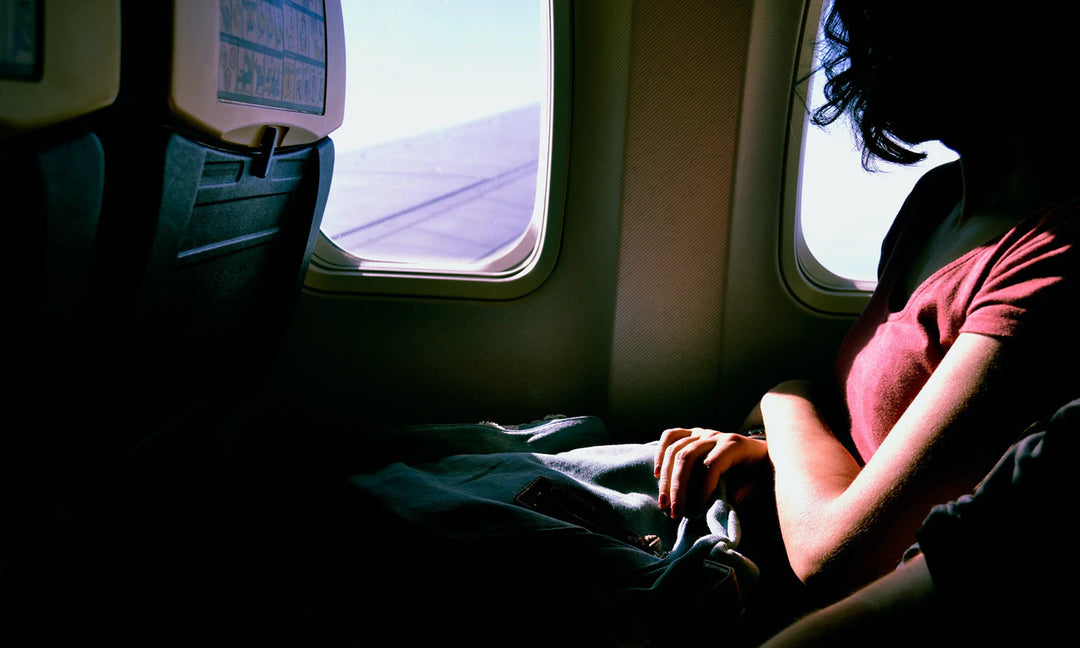Are You One of These People Who Would Benefit From a UV Sanitiser?
UV light is a powerful disinfecting tool. It works by disrupting viral and bacterial cells’ DNA which effectively renders them inert. The technology has evolved to a point where effective, user-friendly, at-home devices are available. If you’re wondering whether you could benefit from an at-home UV light sanitiser, read our thoughts on five types of people that could benefit below.
Germaphobes

A germaphobe is someone that is preoccupied with protecting themselves from germs. Many people will admit to being a germaphobe, especially during a pandemic. But for some people, a focus on cleanliness can become obsessive to the point that it starts to affect their quality of life. An obsession with cleanliness can lead to compulsive behaviour (like repeated handwashing etc), and when this happens (or even before), taking actions to help you feel at ease can help quell these worries.
One of the best things you can do is trust that the cleaning that you do is enough. This may help curb the urge to clean compulsively. By using cleaning technology that is backed by research and is good enough to be used in hospitals, you can be sure that your items are getting the best clean possible.
Parents

For parents with babies and toddlers that explore their surroundings via their mouths, keeping everything sanitised is a must. Parents with school-aged children will also know that they can be hotbeds for germs. This is why having a UV Sanitiser to clean their items can be a handy tool for keeping them and the rest of the household healthy.
The UV Sanitiser Home has a more spacious interior and can be used to clean small items and toys. The best thing about it is the ‘set and forget’ method of use. This means that you can place the item inside, choose the cycle timing and let it do all the hard work while you tend to other parental duties.
Hospitality Workers and At-Home Cooks

Viral pathogens that can give us colds and flus aren’t the only things that UV sanitisers can keep at bay. They are also effective cleansers of bacteria that can make us ill if ingested. Hospitality workers and at-home cooks all know how important hand washing is for keeping these sorts of bacteria away from our food and drinks. But something seldom addressed is the threat that mobile devices pose to sanitation.
The research into the dirt on our phones is quite alarming, especially if you think about it from the perspective of food prep. A 2011 study from the London School of Hygiene and Tropical Medicine found that one out of six mobile phones were contaminated with faecal matter. This should be unsurprising to Australians, as up to 40 percent of us bring our phones into the toilet.
If we then go into the kitchen with that phone without cleaning it, any of the particles on our phone can get transferred onto kitchen surfaces, and back onto our hands which renders hand-washing after the bathroom ineffective.
A study published in the Journal of Food Protection found that of the 49% of people that used their phone or tablet while preparing food, only 37% washed their hands with soap afterwards. Now that we know just how dirty our phones are (and what they could be dirty with), we should really try to develop more hygienic phone use habits while preparing food.
The best thing you can do is to sanitise your phone before washing your hands when you prep for the kitchen. All it takes to have a squeaky-clean phone is to place it into a UV sanitiser, then wash your hands. That way you can be sure that your hands and your phone are as clean as each other, so you won’t run the risk of transferring germs while you cook.
Frontline and Essential Workers

Lockdown restrictions are rapidly evolving throughout Australia, but regardless of the situation, frontline health workers and essential workers are at higher risk of exposure. They are deemed essential because even in a limited lockdown situation, their work is pivotal. The sacrifice they make by doing their important work is admirable, and we are grateful! That also means that their health is paramount. A UV Sanitiser that can be used to clean phones, keys, work tags and other high-use items would be useful for protecting themselves from germs at work and at home.
Anyone Worried about COVID19

Our phones are one of the dirtiest items in our lives, and we touch them so often. This makes them the one of the riskiest items that we own. A recent analysis of peer-reviewed studies on phone cleanliness showed that 68% of phones studied were contaminated. What’s worse during the pandemic is that viruses (such as COVID19) can remain on our phone surfaces for up to 28 days. Because we’re all living through a viral pandemic, upping our mobile phone sanitation game can only be a good thing, especially if we’re worried.
Given the high-use and potential for germ infection and transmission from a mobile phone, it makes sense to clean your phone thoroughly at least daily, and it should be done using the most effective method.
Why UV?

A UV Phone Sanitiser is designed like a miniature tanning bed for your phone and other small items. It shines UV light on the items from every angle to ensure a 360-degree clean. Light waves can also reach nooks and crannies that other cleaning methods sometimes can’t. They are also less damaging to your phone than harsh chemical cleaners.
A UV Phone Sanitiser can be used on any item that fits into the interior without touching the edges. They are also super-easy to use, which means that if you have one, you’re more likely to use it more frequently.
All you need to do is place the phone inside, then choose the preset sanitising cycle. We recommend taking this opportunity to wash your hands while you wait for the LED indicator to let you know when the clean is complete. Once it’s done, you can continue to use your phone without worrying about how dirty it may be.






Leave a comment